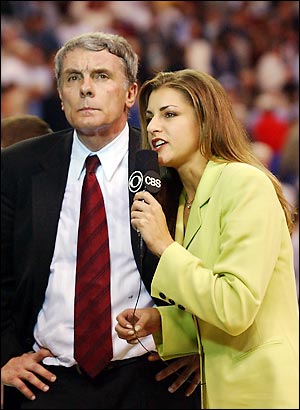Reviewing ACC Basketball Graduation Rates
Posted by KCarpenter on October 26th, 2011To be honest, on average, the graduation rates for men’s college basketball players have increased everywhere. To be completely honest, the graduation rates for student-athletes as a whole have improved. Still, let’s take a minute and appreciate how this trend holds up in the Atlantic Coast Conference: All in all, basketball players are graduating at better rates that they once did in the ACC, and at a rate that’s better than the national average for men’s college basketball players. So, that’s something.
But is it the whole story? No, but since the NCAA loves nothing if not thorough documentation, we can get at least get a clearer view of the story. The NCAA Graduation Success Rate (GSR) is a modified version of a rolling measure called the Federal Graduation Rate (FGR). The Federal Graduation Rate for a given year is the percentage of an incoming freshmen class that graduates at that institution within six years of entry, averaged with the three classes that preceded it. The FGR does not count any player who transferred to another university and graduated or otherwise left the university. The NCAA’s measure, GSR, tries to account for the fact that lots of athletes transfer to other universities, and, at least in a few sports, enter the professional leagues. So, in short, the GSR is in some ways, an inflated version of the Federal Graduation Rate, where an athlete can get counted as “graduated” as long as they leave the university in good academic standing. It almost makes sense, but since it’s the NCAA’s preferred metric, we’ll roll with it. (ed. note: see our previous article this morning for Matt’s take on the value of graduation rates to the NCAA)
Now, because of the six year window that both rates use to count graduation, the numbers that were released this year deal with the players who entered a given university between 2001-02 and 2004-05. So, while these numbers can give a good indicator in the general direction a program is heading, the data isn’t particularly timely. Still, looking at the past and looking at how the data is trending can give a useful glimpse into the present.











































